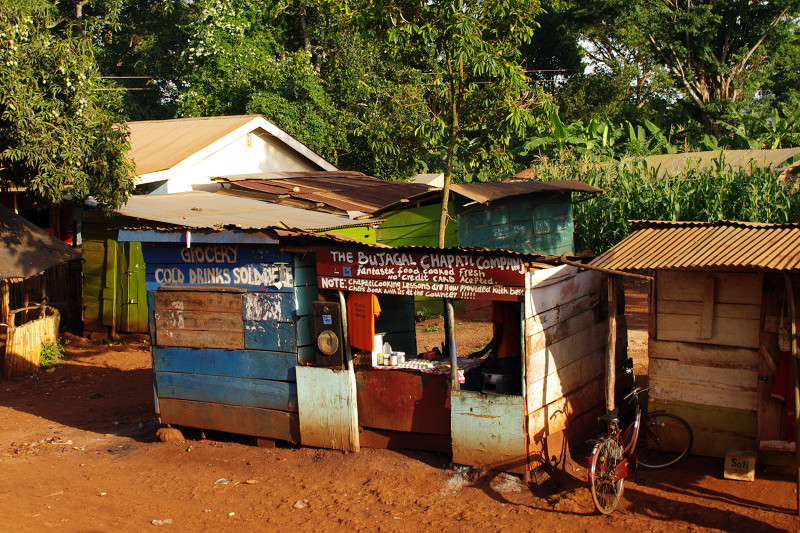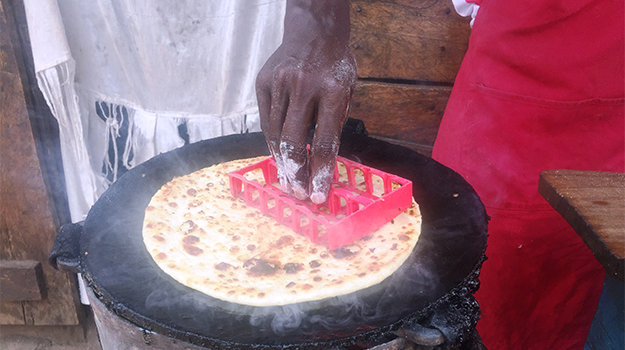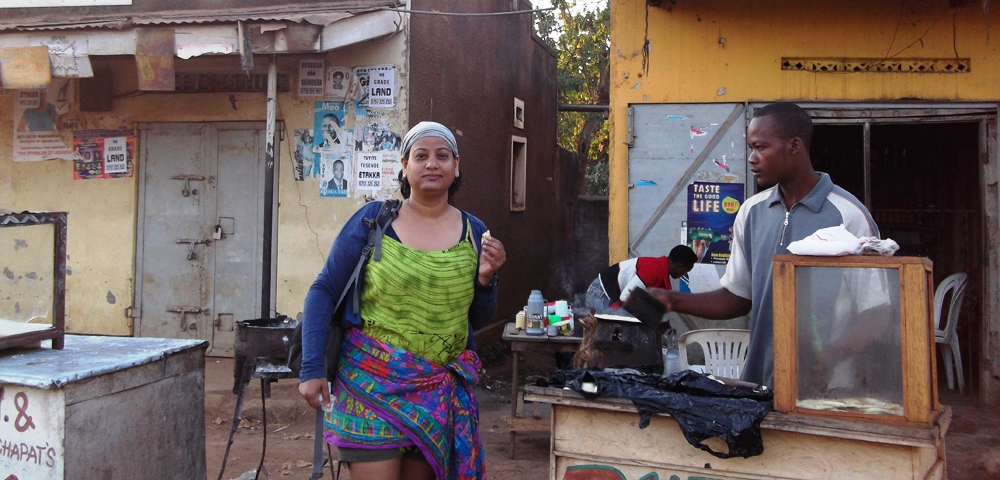The truth is that, chipathi (chapathi for the rest of the world) came with the Indians who came to Uganda long ago and despite Idi Amin’s efforts to get rid of them, it became impossible to rid the country of the chipathi. Today, Indians are back, life chugs along and the chipathi continues to thrive in Uganda!
The reason I say is this – I have been in Uganda several times and when I am seeking comfort food as a break from Posho, Matooke or meat, I lean towards the Ugandan chipathi which has taken its own form and resembles the Indian cousin only in shape.
In taste and size, it is vastly different.
Chipathi or chapathi? A good question that – it is chapathi in India, however, the locals would simply say “chipathi” – it probably has much to do with the pronunciation, but it remains the same – flattened dough cooked on a cast iron skillet!

The Ugandan chipathi is a hot favourite among locals and visitors and it is impossible to miss a “chipathi” stall in the bigger cities like Kampala or in smaller towns like Masindi or Jinja or old and young villages between two bigger towns.
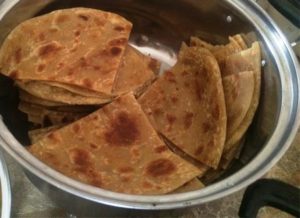 I like the Ugandan chipathi for its softness. The second reason to love it is its texture. It remains soft even when cold and is easily broken with mere two fingers! This chipathi is served with eggs (making it a rolex) or simply with beans, a Ugandan staple.
I like the Ugandan chipathi for its softness. The second reason to love it is its texture. It remains soft even when cold and is easily broken with mere two fingers! This chipathi is served with eggs (making it a rolex) or simply with beans, a Ugandan staple.
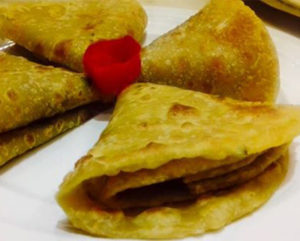 The Rolex is a different story altogether! Once the chipathi is oiled and cooked on a hot cast iron skillet over coal fire, eggs beaten with onion, tomatoes and salt is poured on it. The egg is then placed on the chipathi and rolled up. This end result is wrapped in paper or thrust into plastic bags – but no matter what, it always tastes fantastic.
The Rolex is a different story altogether! Once the chipathi is oiled and cooked on a hot cast iron skillet over coal fire, eggs beaten with onion, tomatoes and salt is poured on it. The egg is then placed on the chipathi and rolled up. This end result is wrapped in paper or thrust into plastic bags – but no matter what, it always tastes fantastic.
It is also said that Rolex originally meant “rolled eggs” but with time, the name was hurriedly changed to rolex because it was easier and more stylish!
Let me sum up the reasons – softness, easy to digest, filling, versatile because it can be eaten with eggs, beans, or curry or simply by itself. Also a hot favourite because it is cheap!
Method: White flour is kneaded with salt and water until soft. A golf-ball size dough is then rolled out before being placed on hot a cast iron skillet that has been oiled. More oil is added to the chipathi and is pressed so that “spots” form on its surface.
The more talented ones have also been known to add steamed pumpkin to the dough for softer chipathis.
If you happen to be in Jinja and want to learn the secret of chipathi-making, this image below might be the answer to your need!
